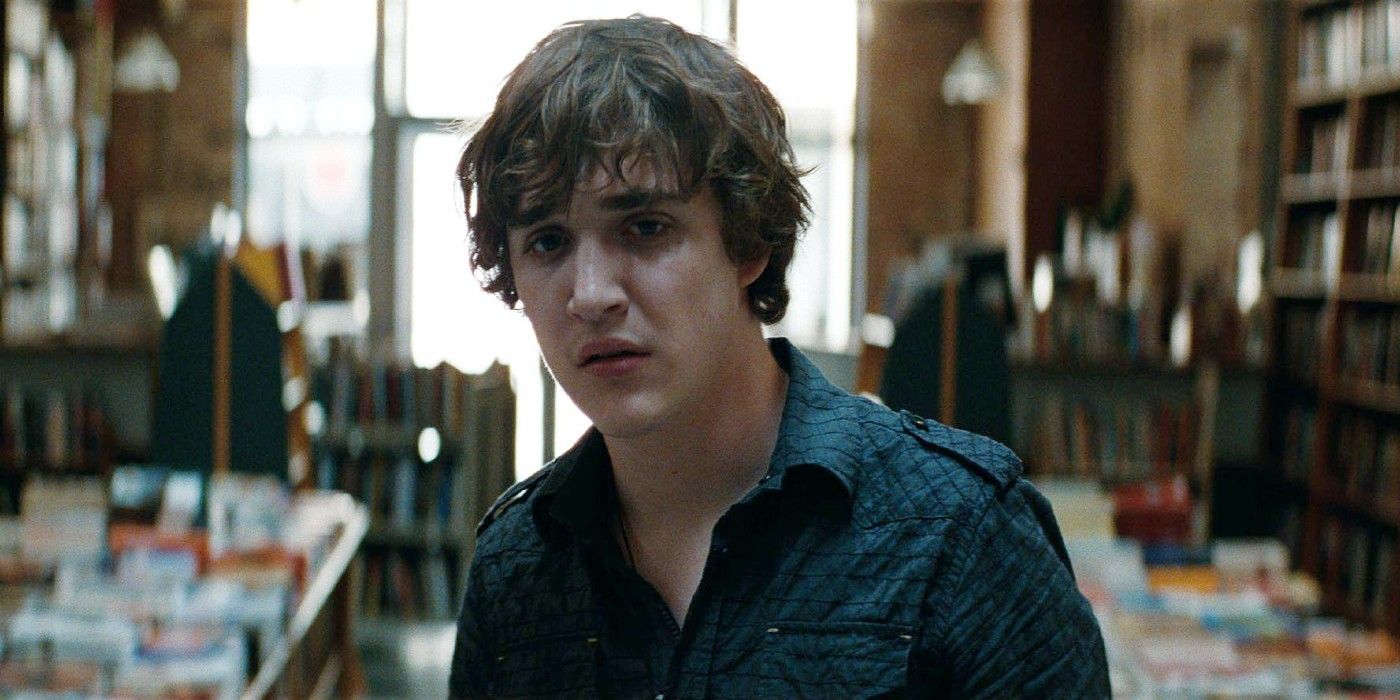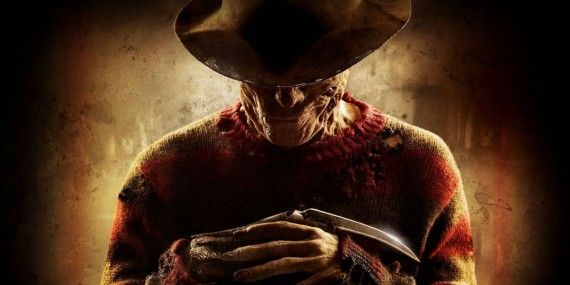It was a mistake on the part of the 2010 A Nightmare on Elm Street creators to not kill off the character of Quentin Smith — here's why. The American slasher film, which was directed by Samuel Bayer and written by Wesley Strick and Eric Heisserer, is a remake of Wes Craven's 1984 cult classic horror movie of the same name, which spawned a franchise of nine movies. The story of the 2010 remake focuses on a group of teenagers living in a fictional town in Ohio. As in the former Nightmare movies, they are stalked and killed in their dreams by the terrifying villain Freddy Krueger.
This 2010 project was a notable attempt to reboot the Nightmare franchise. Overall, the filmmakers wanted to use Craven's original vision, but make the story much scarier. To do so, they ended up removing the one-liners that Freddy Krueger is known for spouting. For example, in the earlier movies, a couple of his famous lines included, "Sticks and stones may break my bones, but nothing will ever kill me" and "Now I'm playing with power"; the latter was said while he's handling a video game. The remake's writers took out those comical elements and made Freddy's character darker and scarier; they also changed his backstory to be a child molester rather than a mere child killer. Moreover, Freddy's physical appearance was changed for this movie to appear scarier and more realistic. The filmmakers even got a new actor - Jackie Earle Haley - to play the dream stalker, rather than sticking with Robert England, who disliked the reboot.
The movie ended up generating mostly negative reviews from critics, but did get attention from horror movie fans and ended up grossing more than $63 million at the domestic box office and more than $115 million worldwide, making it the second highest-grossing film in the franchise after 2003's Freddy vs. Jason. Despite its success at the box office, mistakes were certainly made in this movie. Wes Craven even reportedly expressed his dissatisfaction at not being consulted during the film's development. One key mistake that was made was having Quentin Smith (Kyle Gallner) survive the story, especially given the roots of his character. While it likely wouldn't have been enough to save the remake completely, it would have kept more true to the spirit of the original and slasher movie traditions.
The main reason Quentin should have been killed off is because his survival ended up knee-capping the arc of Nancy Holbrook (Rooney Mara) and her status as the movie's final girl. While the "final girl" horror movie trope had certainly become a stale formula by the time this movie was released in 2010, with many more modern films abandoning it completely so as to avoid predictability, it nevertheless remains a classic and key element of slasher movies. This is especially true in the case of the Nightmare movies, which over the years saw Nancy - as well as other women characters, like Kristen Parker and Alice Johnson - as the final girls who save the day and defeat (even temporarily) Krueger.
Perhaps Quentin's survival in the movie is such a noticeable mistake because of what happened to his character after the credits rolled. Quentin's character went on to garner a cult fan following and even appeared in the horror video game Dead by Daylight - which actually does not feature Nancy Holbrook or Thompson (from the original 1984 movie) as playable characters. Overall, it ultimately would have been better if Quentin was killed off before the ending of A Nightmare on Elm Street. Instead, the movie features Quentin as the main protagonist of the story's final events, with Nancy largely pushed to the side despite the plot point of her mother being killed.
In the ending of the A Nightmare on Elm Street remake, Nancy is pulled through a mirror with Freddy and disappears, while Quentin is the last man standing. While it was an attempt at uniqueness and was certainly surprising, this choice abandoned long-standing genre traditions that could have been upheld - and even subverted - while still allowing its heroine to take the lead.


